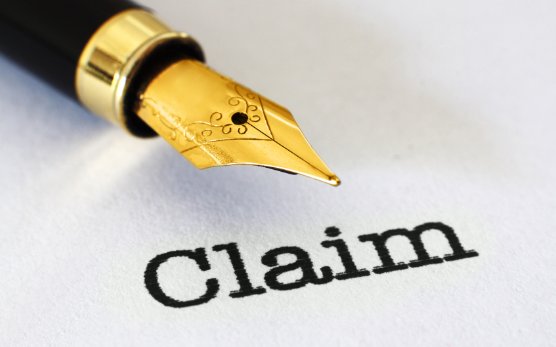When unfortunate events like theft or damage occur, filing an insurance claim can be your lifeline. However, the process often hinges on two key elements: proof of ownership and proof of loss. These documents are not just formalities; they are crucial in substantiating your claim and ensuring you receive the appropriate compensation for your losses. This article will explore the importance of these documents and provide practical advice on how to prepare for such situations.
Proof of Ownership
Proof of ownership is essentially evidence that confirms an item was yours before it was damaged or stolen. This could be anything from bank statements and receipts to online registration confirmations and photos of the item. In the context of an insurance claim, this proof is critical. It’s the evidence that links you to the items you’re claiming for, thus legitimizing your claim in the eyes of the insurer.
The Concept of Proof of Loss
A proof of loss is a formal, legal document that outlines what has been damaged or stolen and the monetary amount you’re claiming as a result. It’s typically a form provided by your insurer that you’ll need to fill out in the event of a loss. This document is a critical step in the claims process, as it formally communicates the specifics of your claim to your insurance provider.
The Necessity of Proof in Filing Claims
When filing a claim, your insurance company will likely ask for a detailed list of the items lost or damaged. Along with this list, you might need to provide some form of proof that you owned these items, such as purchase receipts or bills. Being prepared with this information can expedite your claim process significantly.
Creating a Home Inventory
A home inventory is an exhaustive list of your personal belongings, which can be extremely helpful in the event of a claim. Here are some tips for creating one:
- Make a Thorough Checklist: Include the item’s value, purchase date, any receipts, and relevant details like serial numbers or make and model, especially for electronics and appliances.
- Leverage Technology: Consider using home inventory apps. These tools offer a convenient way to list items and securely store information, making it easier to retrieve in case of damage or theft.
- For valuable and/or rare items, consider a strategic move: Purchase an insurance rider tailored to cover that specific item. Ensure that the insurance rider specifies the value of the item, guaranteeing a precise coverage amount for your most prized possessions.
Visual Documentation Techniques
Visual documentation can strengthen your claim significantly. You don’t have to be a professional; simply photographing or videotaping every room in your house can be adequate. If recording a video, narrate as you go, discussing each item and noting its features and condition. This visual evidence can be invaluable in proving the existence and condition of your belongings before the loss.
Understanding Your Insurance Coverage
It’s crucial to understand what your insurance policy covers. If you have renters or home insurance, connect with your insurer like tutenagency, an exclusive agent with Allstate to review your policy. They can help you understand your coverage and identify any gaps that might exist, ensuring you’re fully aware of what is and isn’t protected under your policy.
Preventative Measures: Tips on Preventing Theft or Damage
Before you even need to think about a claim, it’s wise to take steps to prevent theft or damage. Simple actions like installing a security system, using strong locks, and keeping valuables in a safe can deter theft. Regular maintenance of your home can prevent damage from issues like leaks or electrical faults. Being proactive not only keeps your property safe but can also help reduce the likelihood of having to navigate the claims process.
Conclusion
Proof of ownership and proof of loss are more than just paperwork; they are the foundation of a successful insurance claim. Keeping a detailed home inventory and understanding your insurance coverage are proactive steps that can save you time and stress in the event of a loss. By staying organized and informed, you can navigate the insurance claim process with confidence, ensuring that you are adequately compensated for your losses. Remember, in the realm of insurance, being prepared is your best strategy.
FAQs
How does proof of loss differ from proof of ownership?
Proof of loss focuses on the specific details and valuation of the lost or damaged items, while proof of ownership establishes your prior ownership of these items.
What happens if I underestimate the value of my items in the home inventory?
Underestimating the value can lead to receiving less compensation than needed to replace the items. It’s important to accurately assess and update the value of your belongings. Additionally, for valuable and/or rare items, it’s advisable to consider purchasing an insurance rider designed to cover that specific item.
This insurance rider should specify the value of the item, ensuring you have a specific coverage amount in place for those exceptional possessions.
What if my insurance company disputes my proof of ownership?
If your insurer disputes your proof, you may need to provide additional evidence or documentation. In some cases, seeking legal advice can be helpful.
Disclaimer: This content is for informational purposes only and should not be considered legal or financial advice. Always consult with qualified professionals in legal and financial fields before making any decisions.

